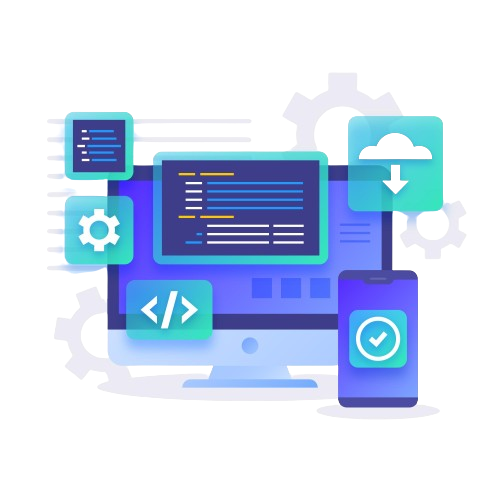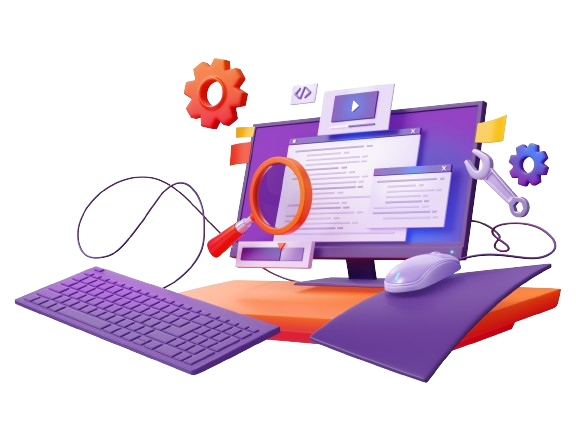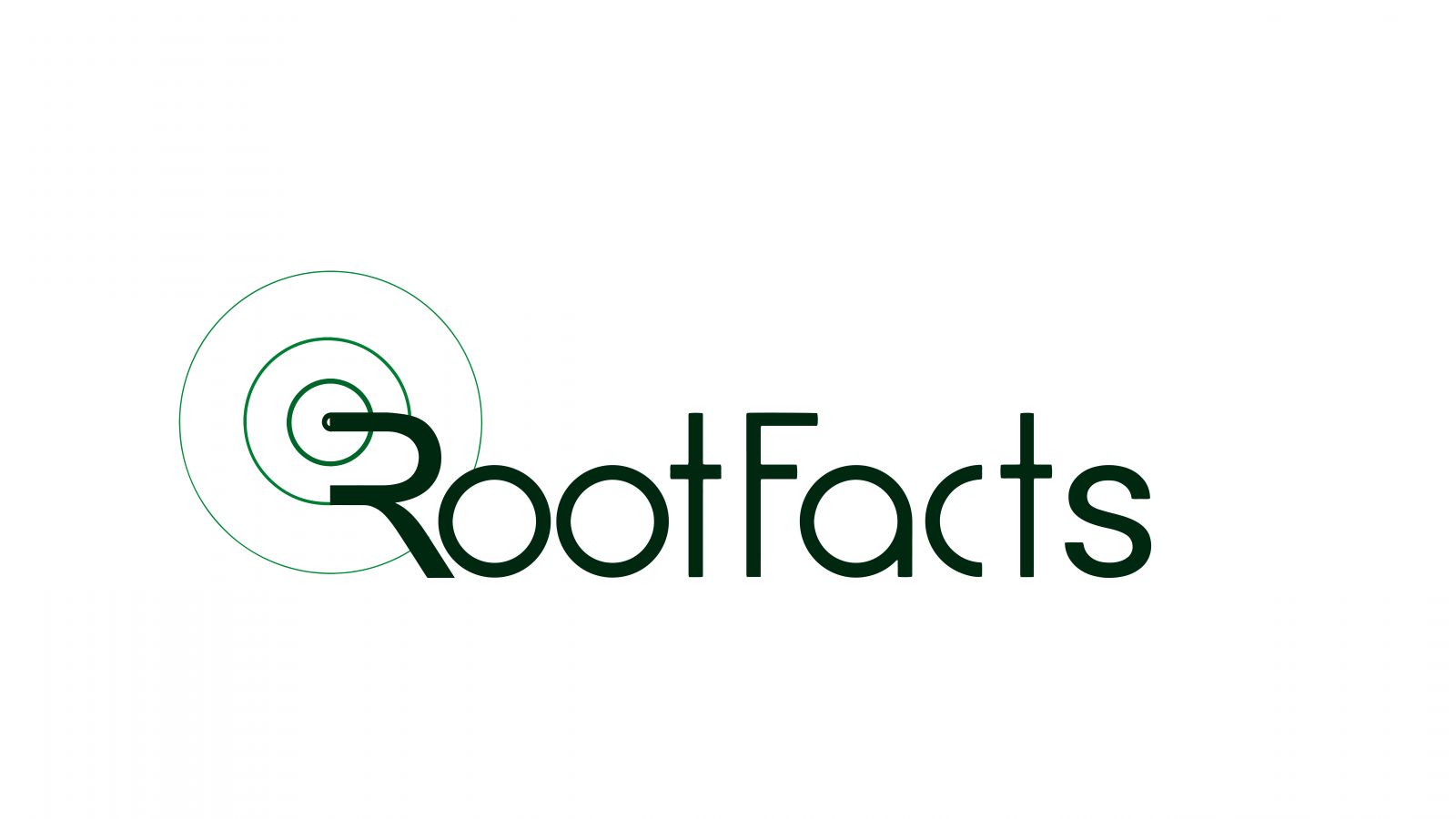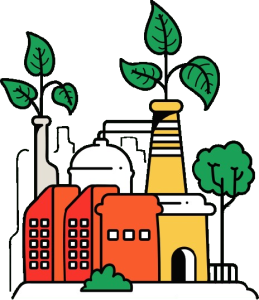Data Visualization Tools for Effective Analysis

Data Visualization Tools Designed For Biotech Data
In the biotechnologies field, data are vital. Researchers and manufacturers produce large amounts of data ranging from intricate gene sequences to complex metabolic pathways. However, it is useless unless visualized and communicated effectively.
RootFacts, a pioneer in bio manufacturing software solutions, has empowered the industry with cutting-edge data visualization tools. Our mission is to transform raw numbers into comprehensible visuals that can help researchers and producers unlock hidden secrets
Why Data Visualization Matters in Biotech
Data visualization plays an important role in successful bio-manufacturing ventures due to several reasons:
Unveiling Hidden Patterns
The nature of biotech data can be highly complex and multi-dimensional. These patterns are not apparent in spreadsheets or raw tables but with visualization tools this becomes possible. This allows researchers to discover new insights and make informed decisions regarding gene editing, protein engineering, and bioprocess optimization
Communication and Collaboration
Research teams require clear-cut graphs so as to communicate effectively among themselves as well as with stakeholders. Graphs simplify difficult ideas leading to collaborations resulting in faster outcomes in drug development processes for clinical trials or diagnostic discovery operations
Enhanced Decision-Making
Data visualization tools empower researchers and manufacturers to make data-driven decisions. They enable us compare options easily through visual representation, assess risks and identify most promising directions for further researches
Regulatory Compliance
In the biopharmaceutical industry regulatory agencies demand detailed documentation which should be traceable. Data visualization tool supports report generation as well as audit trail. In addition, it assist simplify compliance procedures while ensuring that all records of experiments are authentic.
Challenges of Data Visualization in Biotech
The following are some challenges facing biotechnology when it comes to visualizing data:
Data Complexity
Data Volume
Data Integration
How Our Data Visualization Tools Address these Challenges
RootFacts has specifically designed its data visualisation tools to meet the unique needs of bio manufacturing sector. We have a variety of attributes that address these challenges:
Our tools provide interactive visualizations that allow users to explore data in multiple dimensions. Users can zoom, filter, or drill-down into specific data points in order to gain better insights on them
We employ various kinds of visualizations such as heat maps, scatter plots, network graphs and 3D molecular visualization among others for diverse data types while simplifying complex concepts within these forms.
By offering compatibility with many popular bio manufacturing databases and other sources of raw experimental results at once; RootFacts software helps researchers overcome this problem so as they can create comprehensive pictures using combined datasets derived from different studies (instruments) or sources (databases).
Such factors as the crop specific water use data and the growth stage information are used by RootFacts IMS in determining appropriate amounts of water for each crop at different times in its lifecycle. In order words, maize needs different quantity of water compared to tomatoes, which also increases with maturity. Accordingly, RootFacts IMS accounts for such changes in order to ensure efficient delivery of water throughout the growing season.
Our tools allow customization of key features so that visuals suit particular requirements .I.e., colours scheme may be changed by end user as well as arranging figures on a page while adding remarks when necessary mainly for precision purposes
Examples of RootFacts Data Visualization Tools in Action
Below are concrete illustrations of how RootFacts data visualization tools are useful in biotech companies:
Protein Engineering
With regards to protein structures and protein-protein interactions, interactive visualizations allow for the design of novel protein therapeutics that has better efficacy as well as specificity.
Downstream Processing
Data visualization tools enable constant product quality control and resource allocation efficiency through monitoring downstream processing steps like purification, chromatography among others.
Gene Editing
The gene editing strategy optimization and assessment of potential off-target effects can be facilitated by visualizing CRISPR-Cas9 edits and their associated gene expression alterations.
Metabolic Pathway Optimization
Visualizing metabolic pathways and their bottlenecks allows researchers to find areas where they can be optimized resulting in more efficient bio manufacturing processes for drugs among other bio products.
Advantages of Using RootFacts Data Visualization Tools
Companies in the field of biotechnology which make use of RootFacts data visualization tools enjoy a range of benefits
Faster Research and Development
Through effective data exploration and communication decisions, this research process is faster due to quick access to information at every stage.

Improved Process Optimization
Bio manufacturing improvement opportunities can be detected using data visualization hence making them much more cost-effective as well as efficient.

Enhanced Collaboration and Communication
Better collaboration, quicker progress towards scientific goals are achieved when the stakeholders receive clear concise visualized information from research teams



